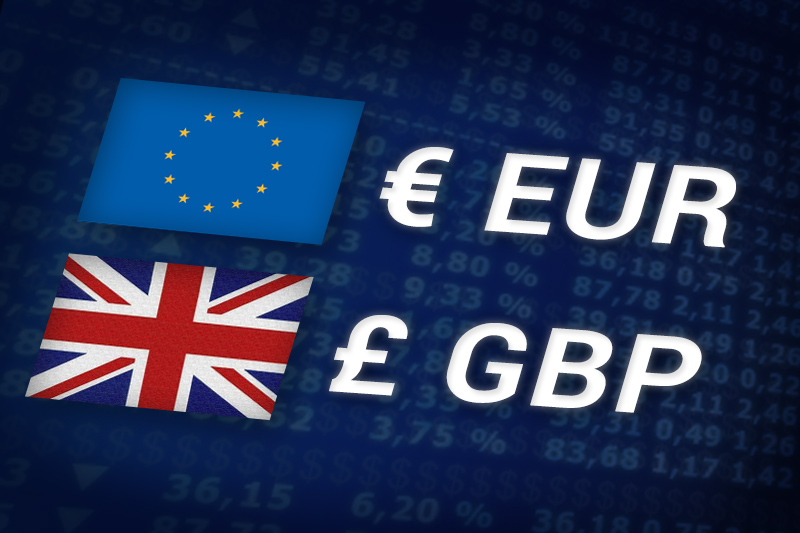Who is Kevin Hassett? Wolfe looks at the Trump ally tipped to become Fed Chair.
Investing.com - The euro rose against the pound on Tuesday, boosted by data showing that economic sentiment improved in Germany and in the euro zone, but gains were limited as the downgrade of six European countries continued to weigh.
EUR/GBP hit 0.8384 during European late morning trade, the daily high; the pair subsequently consolidated at 0.8384, adding 0.24%.
The pair was likely to find support at 0.8350, the low of February 10 and resistance at 0.8401, Monday’s high.
Data showed that German economic sentiment improved significantly more-than-expected in February, turning positive for the first time since May 2011.
The ZEW Centre for Economic Research said that its index of German economic sentiment improved to 5.4 in February, compared to January’s reading of minus 21.6. Analysts had expected the index to improve by 10.0 points to minus 11.6 in February.
Meanwhile, economic sentiment in the euro zone rose in February to minus 8.1 from minus 32.5 in January. Economists had expected euro zone economic sentiment to improve by 11.4 points to minus 21.1.
The euro also found support after Spain sold EUR2.9 billion of 12-month loans at an average yield of 1.89%, down from 2.04% previously.
But the shared currency remained under pressure after Moody’s Investors Service cut the debt ratings of six European countries earlier, including Italy, Spain and Portugal, and said it may strip France and the U.K. of their top Aaa ratings, citing the euro zone’s debt crisis.
The single currency was also fractionally higher against the U.S. dollar with EUR/USD adding 0.20%, to hit 1.3213.
Also Tuesday, official data showed that consumer price inflation in the U.K. rose 3.6% in January, in line with expectations, after a 4.2% rise the previous month.
A separate report showed that U.K. retail prices rose less-than-expected in January, advancing 3.9% after a 4.8% increase the previous month. Analysts had expected retail prices to rise 4.1% in January.
EUR/GBP hit 0.8384 during European late morning trade, the daily high; the pair subsequently consolidated at 0.8384, adding 0.24%.
The pair was likely to find support at 0.8350, the low of February 10 and resistance at 0.8401, Monday’s high.
Data showed that German economic sentiment improved significantly more-than-expected in February, turning positive for the first time since May 2011.
The ZEW Centre for Economic Research said that its index of German economic sentiment improved to 5.4 in February, compared to January’s reading of minus 21.6. Analysts had expected the index to improve by 10.0 points to minus 11.6 in February.
Meanwhile, economic sentiment in the euro zone rose in February to minus 8.1 from minus 32.5 in January. Economists had expected euro zone economic sentiment to improve by 11.4 points to minus 21.1.
The euro also found support after Spain sold EUR2.9 billion of 12-month loans at an average yield of 1.89%, down from 2.04% previously.
But the shared currency remained under pressure after Moody’s Investors Service cut the debt ratings of six European countries earlier, including Italy, Spain and Portugal, and said it may strip France and the U.K. of their top Aaa ratings, citing the euro zone’s debt crisis.
The single currency was also fractionally higher against the U.S. dollar with EUR/USD adding 0.20%, to hit 1.3213.
Also Tuesday, official data showed that consumer price inflation in the U.K. rose 3.6% in January, in line with expectations, after a 4.2% rise the previous month.
A separate report showed that U.K. retail prices rose less-than-expected in January, advancing 3.9% after a 4.8% increase the previous month. Analysts had expected retail prices to rise 4.1% in January.
